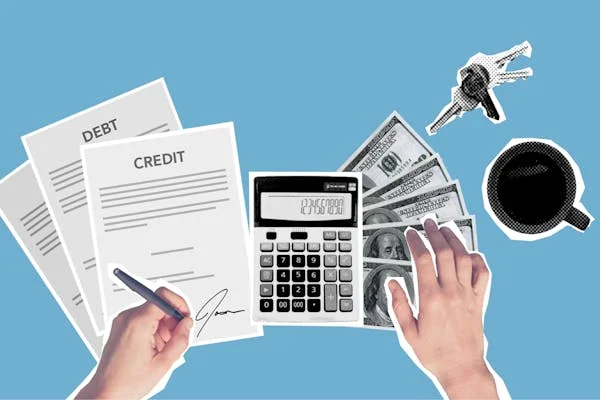In the complex world of home financing, navigating mortgage options can be daunting, especially when trying to avoid private mortgage insurance (PMI) while not having a full 20% down payment. One creative solution is the 80-10-10 piggyback mortgage, a financing structure that allows homebuyers to purchase a home with a lower down payment while avoiding PMI. This comprehensive guide dives deep into the mechanics of 80-10-10 piggyback mortgage loans, explaining their benefits, how they work, and when they might be the right choice for you. For those considering this financing strategy, learn more about piggyback loans here.
What is an 80-10-10 Piggyback Mortgage?
The 80-10-10 piggyback mortgage combines two loans with a down payment to purchase a home without needing to pay PMI. Typically, this setup involves:
- First Mortgage: This loan accounts for 80% of the home’s purchase price. It’s the primary loan and typically comes with the lowest rate.
- Second Mortgage: This loan accounts for 10% of the purchase price. Also known as a home equity loan or line of credit, it “piggybacks” on the first mortgage.
- Down Payment: The buyer provides a down payment of 10% of the home’s purchase price.
This structure is particularly appealing in high-cost areas where saving for a 20% down payment can be prohibitive, yet borrowers want to minimize their monthly expenses by avoiding PMI.
Benefits of 80-10-10 Piggyback Loans
Avoid Private Mortgage Insurance
The primary advantage of an 80-10-10 loan is avoiding PMI, which is typically required on conventional loans when the down payment is less than 20%. PMI can add a substantial cost to the monthly mortgage payment and does not contribute toward building equity.
Lower Initial Financial Burden
By putting down only 10%, homebuyers can preserve their cash for renovations, furniture, or savings, providing financial flexibility after the home purchase.
Potentially Larger Loan Approval
In some cases, utilizing a piggyback loan can help borrowers qualify for a more expensive home than they might otherwise afford with a conventional 20% down loan, particularly because the first mortgage stays within conforming loan limits.
How Do 80-10-10 Loans Work?
Loan Structure
The first mortgage of 80% typically has a lower interest rate and can be a fixed-rate or adjustable-rate mortgage (ARM). The second mortgage rate is usually higher and can also be fixed or adjustable. This second loan can take the form of a home equity loan, with a fixed term and rate, or a home equity line of credit (HELOC), which works like a credit card with a variable rate.
Qualification Criteria
Qualifying for an 80-10-10 loan can be more stringent than for a single mortgage. Lenders will look at credit scores, debt-to-income ratios, and other financial health indicators more critically because they are issuing two loans. Borrowers typically need excellent credit to qualify for favorable terms.
Costs and Fees
While 80-10-10 loans save money on PMI, they can come with other costs. There might be slightly higher interest rates on the second mortgage and additional closing costs. Borrowers should compare these costs against potential PMI payments to ensure savings.
Considerations Before Choosing a Piggyback Loan
Market Conditions
In rapidly appreciating markets, the risk associated with taking out two mortgages might be mitigated by quickly growing home equity. However, if the market cools or declines, you could find yourself owing more than the home is worth.
Interest Rates
Since the second mortgage usually has a higher interest rate, calculate the total cost over the life of the loans. When rates are low overall, this might be more manageable, but it’s crucial to consider future rate increases if you’re using an ARM.
Financial Stability
Because you are taking on two mortgages, ensure your financial situation is stable enough to handle potential interest rate increases or unexpected financial setbacks. Having robust savings and a solid income stream is more critical when leveraging more complex financing solutions.
Conclusion
The 80-10-10 piggyback mortgage can be a powerful tool for homebuyers who are looking to purchase a home without the traditional 20% down payment and want to avoid PMI. By understanding how these loans work and carefully considering their financial implications, borrowers can make informed decisions that align with their long-term homeownership goals.
With the right planning and advice, an 80-10-10 mortgage could provide the key to your new home without the financial strain of a large down payment or the ongoing cost of PMI.





